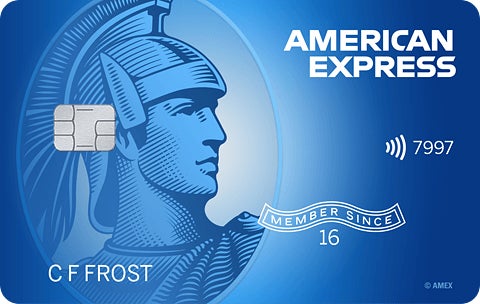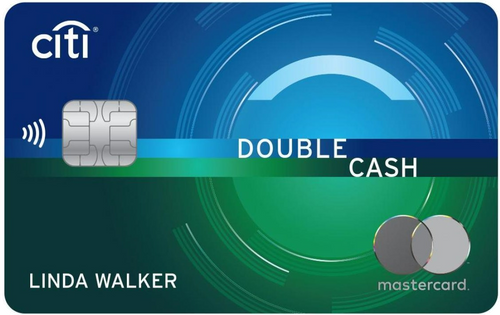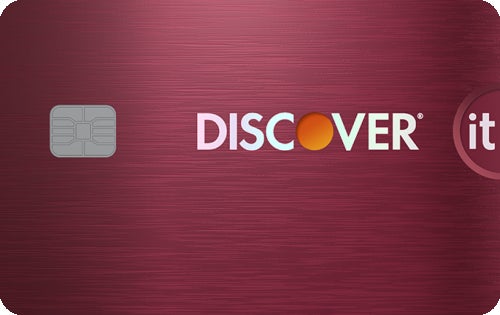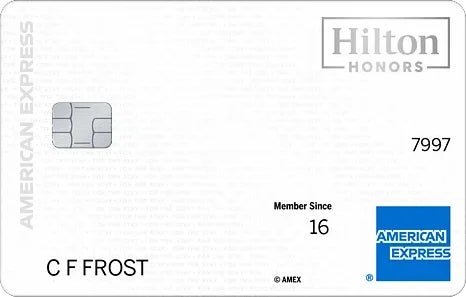Comparing EMV Chip Credit Cards
In the last three years, card issuers have been sending out new plastic with a little square on the front that makes all the difference in the world.
Called an EMV chip, this small change has made our cards more secure than the old magnetic stripe technology. In fact, fraud has considerably decreased over the last three years, experts have noticed.
What are EMV chip cards and how do they work?
EMV, which stands for EuroPay, Mastercard, Visa, equips credit and debit cards with computer chips and technology to authenticate chip-card transactions.
EMV cards or chip cards have been used in Europe and throughout the world for decades, and they have been making headway in the U.S. They are touted as more secure than the magnetic stripes that have long been used in the United States until the last couple of years.
While the older magnetic stripes contain unchanging data – which the bad guys can conceivably steal – an EMV card creates a new transaction code for each payment that can’t be used again. That doesn’t mean breaches aren’t possible, but it makes things more complicated and difficult for thieves.
Visa reports a 75% drop in counterfeit fraud dollars between September 2015 and March 2018 among merchants who made the switch and a 46% drop overall. Also Visa reports that 97% of payment volume was on EMV cards in June 2018, and chip transactions grew from $4.8 billion in September 2015 to $76.7 billion in June 2018.
Want to know how EMV chips are made? Check out this video.
How the EMV works
There are several things going on with how a chip card works. Here’s Visa‘s take on this:
- Computer microchip. A computer chip securely stores the card data that resides on the magnetic stripe. That makes it nearly impossible to create a fake EMV chip card.
- Unique cryptogram. The computer chip enables more secure processing by producing a one-time code for each transaction.
- Mobile shopping. EMV technology will also enable a one-time code for mobile transactions and support other security innovations like tokenization.
How to use an EMV chip credit card
Not sure how to use that new chip-enabled card? It’s simple:
- Insert card. With the chip facing the terminal and facing up, insert the card rather than swiping.
- Leave the card alone. Let the card stay in the terminal until prompted to take it out.
- Sign a receipt. You may be asked to provide a signature or PIN, although many merchants are now allowing small purchases without a signature.
- Remove your card. Some terminals will prompt you to remove your card with a loud beeping noise. Either way, don’t forget it!
Major benefits
With safety as a primary feature, EMV chip cards deliver added protection to every purchase you make. And fraud is big business, financial experts have found, so you need all the help you can get:
- Checks were targeted
- 74%
- Wire fraud was targeted
- 48%
- Corporate card fraud was targeted
- 30%
Source: 2018 AFP Payments Fraud Survey
With fraud top of mind for many consumers, a chip-enabled card is a welcome package in the mail. Still need convincing? Here are benefits of an EMV chip card:
- Can’t easily counterfeit. Because EMV chip cards use cryptograms that are unique to each transaction, stolen chip card data cannot be used to create fake cards, says Visa.
- Less risk of fraud. Visa says the added layer of security provided by chip cards makes credit and debit card data much less valuable, decreasing incentive for the bad guys to steal data.
- Zero liability. With chip cards, cardholders are still protected from fraudulent purchases with Visa’s zero liability policy, which is common in the industry.
- Easy to use. Once you get the hang of it, you’ll find the chip card to be a breeze. If you feel it takes too long, you’re not alone (although it actually only takes seconds). A CreditCards.com poll found that one-sixth of consumers felt that it takes too long, although almost three-fifths had no complaints.




